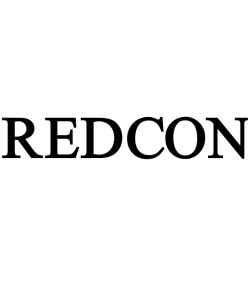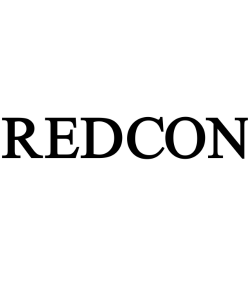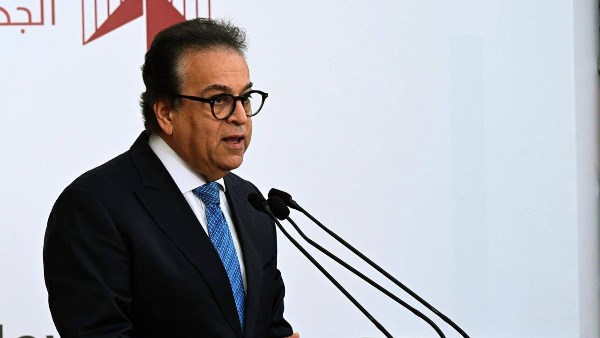
Stock Swings Will Last Into 2023, Edward Jones’ Mahajan Says

Don’t expect equity-market swings to go away when the calendar flips to 2023, says Edward Jones’ Mona Mahajan, who advises focusing on defensive and value stocks. But there’s hope for later in the year, when traders will be looking forward to lower inflation and a stabilizing economy, the senior investment strategist notes on the latest “What Goes Up” podcast.
Here are some highlights of the conversation, which have been condensed and lightly edited for clarity.
Q: What did we get from the Fed this week and what does it mean for markets?
A: A couple of key things came out of the Powell press conference on Wednesday. And also we got a new set of economic projections and, of course, that infamous dot plot. Based on what Powell and the dot plot showed, the Fed is not done raising rates — and clearly they have indicated that they’re heading toward a 5.1% is what was in the dot plot terminal rate. Now, keep in mind we’re already at about 4.5%. So this 5%-5.25% range is probably two to three more 25-basis-point rate hikes. That wasn’t too far off from where market expectations were heading into the meeting. But given the softer CPI print we got on Tuesday, there were some expectations that perhaps the terminal rate would be somewhere closer to 4.75% to 5%.
Number two was, when would those rate cuts be coming? Markets were hopeful that perhaps by year-end we’d start to see the Fed cutting rates. But in fact, what this dot plot and new set of economic projections showed was no rate cuts in 2023, and we’d start seeing rate cuts perhaps in 2024. Now, Powell did lay out some interesting thoughts around what inflation metrics were looking like from their perspective. So they do see better goods inflation, so goods inflation is cooling. They do see housing coming down in the core-inflation front. Where they don’t see much progress is what they call non-housing core-services inflation. And for that to come down, you’d need to see labor market soften and wage gains start to moderate as well.
Q: Are we looking at another dismal year for equities?
A: We do think that this might be a tale of two halves, and it’s hard to call a first-half, second-half story, but to some extent what we’re seeing is that in the first half of the year, that economic softness, that’s when we think it will emerge. And keep in mind we’ll have at this point nearly 500 basis points of Fed tightening in a less-than 12-month period. And so we have yet to see the full impacts of that, and that will happen on a lag basis. And so the first half of 2023, there’s a period of softening that’ll happen. It’s not only economic softening. Earnings estimates will continue to move lower, and market volatility is likely to reemerge — and that market volatility probably means we’re still very defensively value-oriented in equity markets in particular.
But perhaps equity markets, like they always have been, will be forward looking. And even if we are in this economic downturn and recession, when you look historically at the analysis, markets can start rebounding or recovering anywhere from three to six months before this recession even ends. This is probably the worst-kept secret of a recession that is pending. Everyone’s talking about it, we all know what the impact of these Fed rate hikes will be on the broader economy going forward. So markets can very quickly then start to look forward. And what we see maybe toward the back half of next year is a better inflation story, is an economy that is probably stabilizing, and in fact, we’re probably looking at a Fed that may not actually implement rate cuts, but may start to signal rate cuts because at some point they don’t need to be so restrictive.
Q: How do you recommend people should be positioning?
A: This is a U-shaped versus the V-shaped recovery that we’ve seen, for example, in 2020 when we had a very sharp downturn because of the pandemic, but we also rebounded quite quickly because the Fed was able to step in and we saw that market recovery happen within three months or so. This time, it’ll be a gradual recovery process in part because the Fed is not going to pivot. They’ll probably be on hold for at least the months ahead. Now, any market volatility we do get in the next few months, that could be the opportunity to position portfolios.
We do think there’s one leg left in this defensive value play, especially as we head toward an economic downturn. But then you want to start thinking about what works as markets recover. And those are those quality growth, cyclical sectors and perhaps small-cap parts of the market.
The bond market is presenting opportunities now that we haven’t seen really in any time in recent history. And that is because not only are yields higher, you can lock in longer duration, you can lock in these yields for a longer period of time, but also you have this opportunity for price appreciation if over time yields start to stabilize and move lower. And so there is an opportunity probably even for those investors that hadn’t considered bonds as much.
Also, the average bear market lasts about 15 months. You do get a drawdown of between 25% and 35%. But the good news here is historically, one, every bear market has ended, and two, it’s been followed by a bull market that is longer and stronger. So the average bull market, 3.8 years, up 167%. So history may not repeat itself, but we could certainly get something that rhymes to that.





-1120252475029447.jpg)














